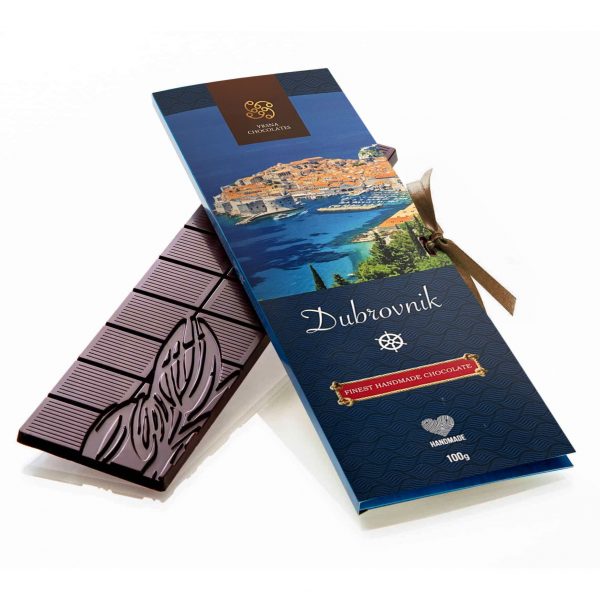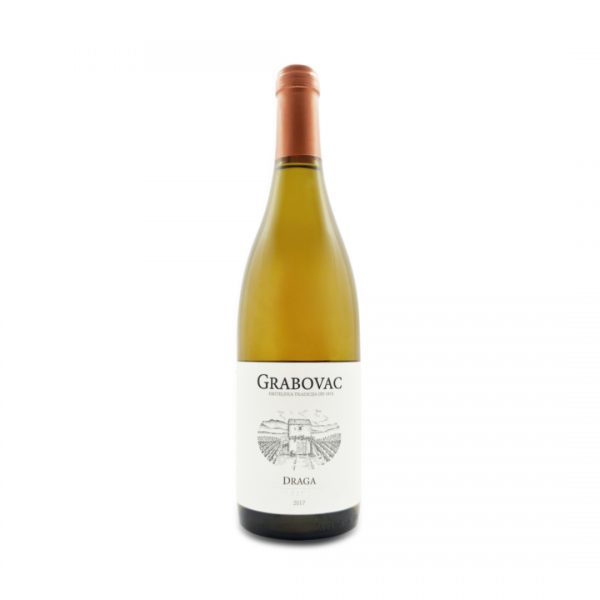“Established in 1949 and named a Unesco World Heritage site in 1979, this chain of 16 lakes, 80 miles south of Zagreb, is the crown jewel of the country’s oldest and largest national park. Click on nearly any blog referring to the Balkans and you will find a cascade of posts from every season, describing the roaring falls and interlocked turquoise lakes crisscrossed with boardwalks and surrounded by beech and spruce forests.
The park, nearly 115 square miles, sits atop a giant cave-riddled karst field in the rolling hills of the Dinaric Alps. This sievelike topography provides a unique canvas for hydrologic artistry. Rivers and streams rush above and beneath the earth’s surface. They bob and weave through porous limestone carrying calcium carbonate sediment that creates the millenniums-old travertine barriers responsible for Plitvice’s Upper and Lower Lakes and waterfalls, which foster more than 1,200 plant species, 161 bird species, brown bears, lynx, deer, otters and wolves.
For many Croats, however, the park’s importance is more than just physical. Near the border with Bosnia and Herzegovina, Plitvice is a symbolic and strategic fulcrum at the crux of the country’s boomerang shape, with one arm thrust east to the Pannonian Plain and the other south along the Adriatic coast. “For centuries, the lakes literally sat on the front lines of history,” said Vjeran Pavlakovic, a history professor at the University of Rijeka in Croatia. “But even as regimes and borders changed, there was always respect paid to the fragility of this one-of-a-kind ecosystem. Very few places in the world can claim that.”
ALEX CREVAR
Read more on New York Times
Photo: Screenshot NY Times























